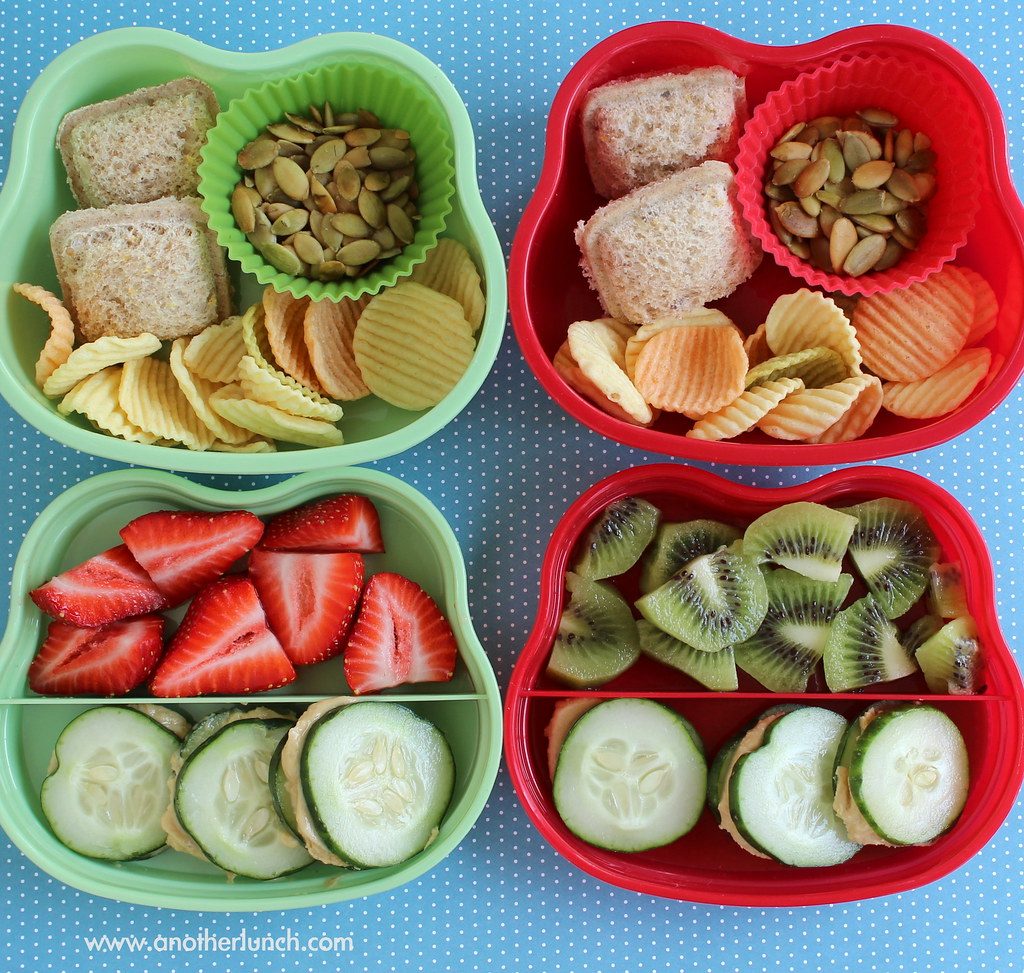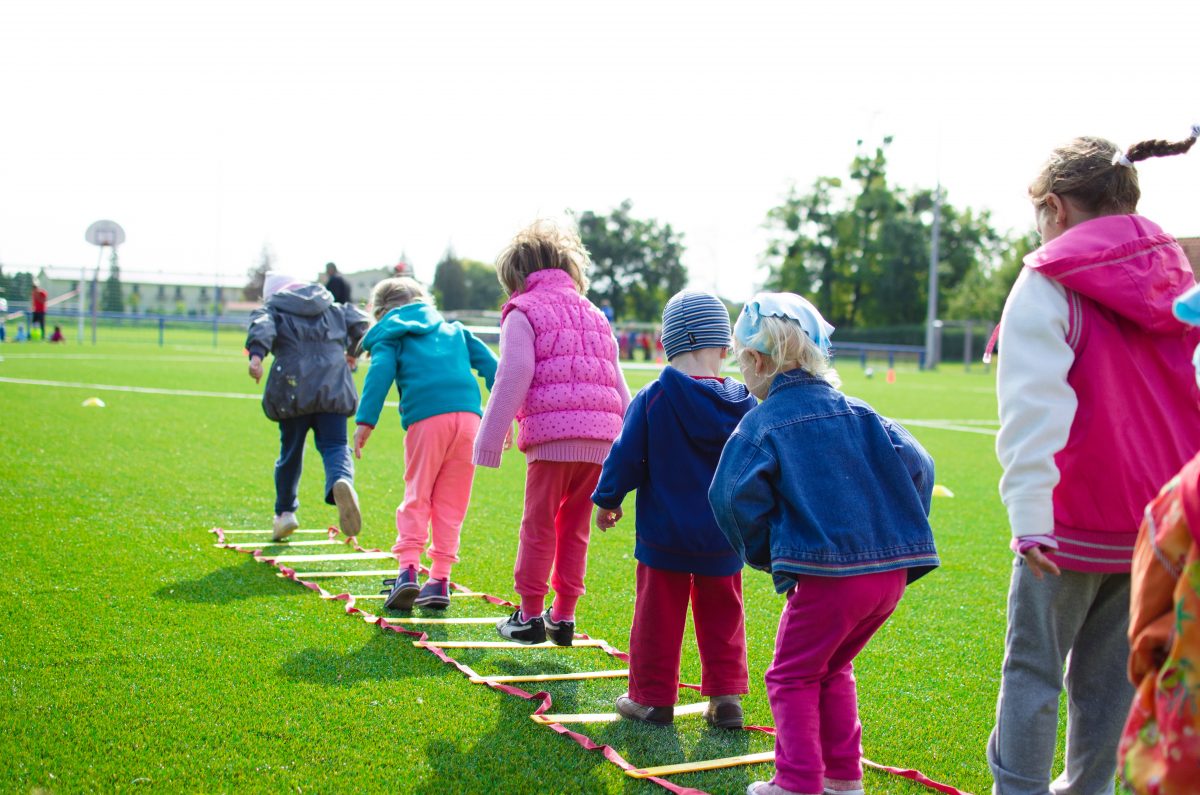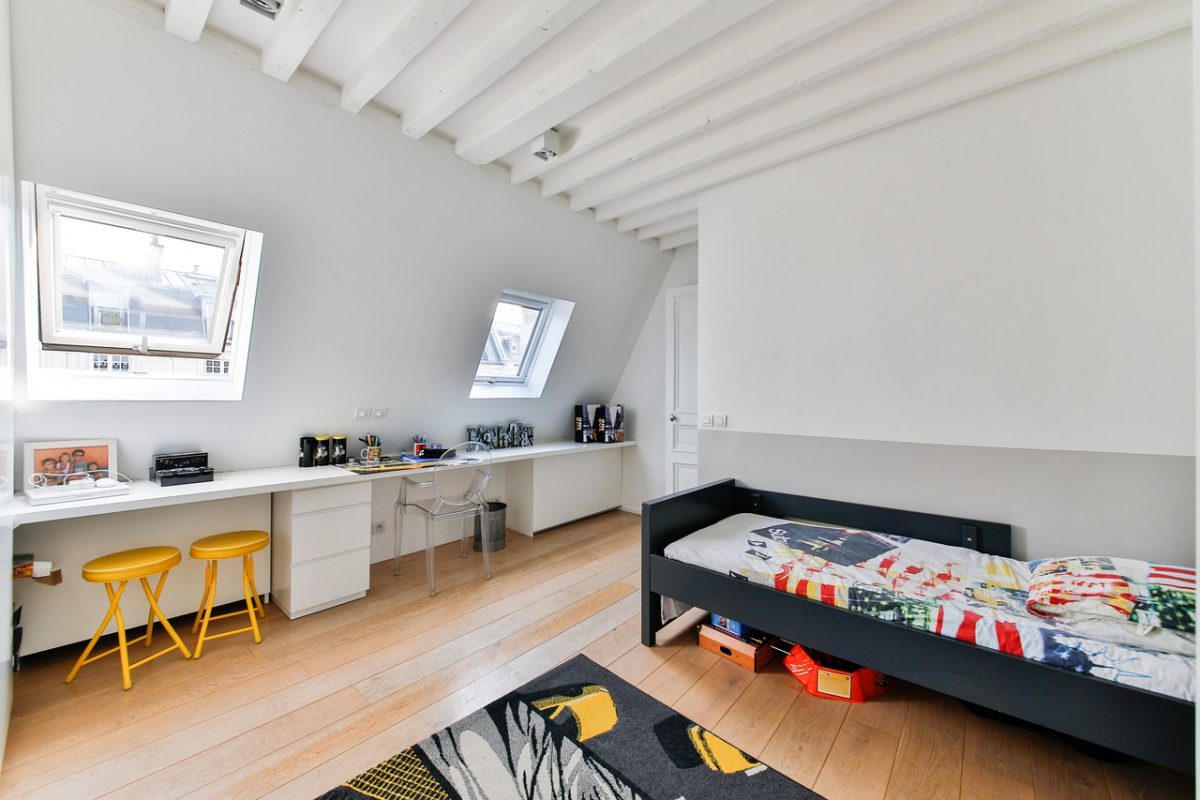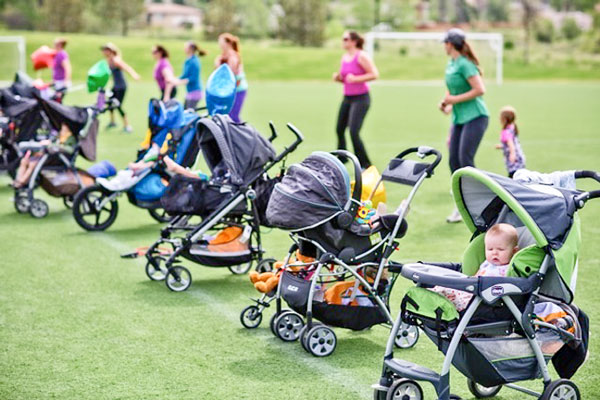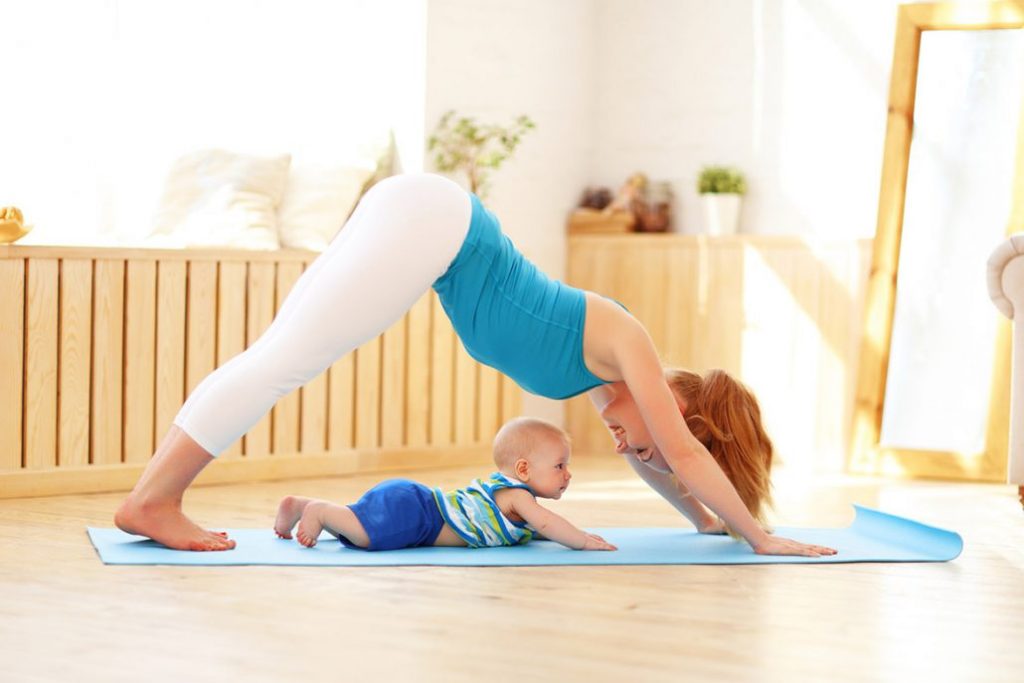Being a mom and having a full-time job isn’t for the faint of heart. It requires a lot of focus, discipline, and motivation. But here’s what a key to success is: a set, regular, step-by-step morning routine. Some parts of the routine are productive, and others are more ritualistic, but greatest times of productivity happen when you stick to the routine.
If you’re having trouble wrapping your head around the workday, try making a step-by-step plan. Whether you work from a cubicle or your kitchen, these tips will help you to get started on the grind and stay focused on all day long.
Get Enough Sleep
Before you can implement new, healthy morning habits, you should have the foundation of a well-rested body and mind. The way you feel while you’re awake is dependent on how well-rested you are. If you’ve been feeling groggy, irritable, or exhausted, you are not getting enough quality sleep. When you are sleeping, your body is working to support healthy brain function and maintain your physical health. Sleep plays such a vital role in your physical well-being, mental clarity, and quality of life that ongoing sleep deficiency can have adverse effects on your health and how well you think, work, learn and get along with others.
If you are finding you are not getting enough quality sleep, try using some lavender-scented sprays to wind down. There are also apps that can track your sleep habits. When you start your day after a night of good sleep, you will wake feeling ready to take on the day, starting with your new morning habits.
Don’t Use Your Phone Right Away
Besides turning off your alarm that might be on your phone, resist the urge to check your emails or social media. It sets you up for a day of being addicted to technology, and your morning time should be reserved just for you. You can do that by disabling notifications on your home screen so you’re not tempted by Facebook updates or mounting emails.
Stretch Out

Most of us wake up to the same generic alarm clock sound, roll out of bed, get dressed, grab a mediocre breakfast, and leave the house still rubbing your eyes and yawning. But if your day starts really early, a quick meditation will help stretch you out, give you focus, get your blood flowing, and put you in the right state of mind for work.
But if it’s not for you, just pick another activity to do before your kids wake up. For example: go for a run, stretch, do a Pilates routine, or a spin class. These are all a great way to start your morning.
Keep Your Blinds Open
Sunlight is the best way to wake your body up. It’s hard to go from pitch-black to bright light, so make it easier on yourself by keeping your blinds somewhat open at night. It’s a little less jarring to wake up to your alarm each morning.
Positive Affirmations

Positive affirmations are a great way to promote positive thoughts and create a successful mindset for your day. Our thoughts and the things we say about ourselves are affirmations. When we say we are bad or good at something, it is an affirmation and that thought becomes the truth. Choosing positive affirmations is a great way to change
Your thoughts and help yourself start the day right.
Take a (Cold) Shower
There’s no better way to wake you up than the feeling of water on your skin. If you are brave enough switch the temperature from warm to cold. It may sound like a shock to your system, but a cold shower will boost your alertness, increase tolerance to stress, relieve symptoms of depression, improve your immune system, circulation and most importantly, give you a lot of energy.
Eat a Good Meal
We all know that breakfast is the most important meal of the day. If you haven’t satisfied your growling stomach, there’s no way you’ll be able to focus on work or be productive. As follows, make sure that you’re well-rested and hydrated, because taking care of yourself is the best way to remain focused and sane throughout the workday.
Drink Coffee

After you got ready for the day it is finally time for coffee. Like most moms, coffee is probably your best friend in the morning. Lavazza Blue Pod coffee is a lifesaver, you just pop one into the coffee maker push the button and your coffee will be done in no time. For some more coffee drinks and tips you can also check out this blog.
If you’re not a coffee drinker, you can find the same effects in a protein shake, smoothie, or a cup of tea. You can also check out the health benefits of coffee on Trusted Coffee Reviews.
Get Ready For the Day
This part of the day is the most stressful for a lot of moms because you’re not just getting ready. You are doing your hair and makeup, running small errands, and pulling out meat to defrost for dinner. However, the days when you get dressed nicely, do your hair and makeup, and the most productive of them all. Something about a nice white button-down and a bright scarf makes you feel like you can conquer the world.
Music
Listening to music will boost your mood, energize you and reduce stress. Music is stimulating and has the ability to change your state, play something that gets you in the right happy mindset for the day.
Be With Your Family

Now that you have woken up and the train of thought has left the station to run all its errands for the day greet my family. Greet your partner and children and discuss the day with them.
Your child and or husband might have plans that you need to account for when I start planning my day. By taking time before planning the day to see what your family has going on means that you can make sure you are available at the time that they need me.
Track Previous Days Stats
After you get your brain going and have the family plans for the day, you can start gearing up for the work ahead. Check the previous days’ stats, overnight emails, and any urgent notifications on social media. Check what you need to respond to and what you have to leave for the actual workday. If there are tasks that need urgent attention you can address those otherwise, schedule it for later in the day.
Create a Simple To-Do List
Creating a to-do list each day keeps you focused and clear on what you need to do, but try to keep it simple and just write two or three big important tasks. Be realistic about what you need to get done and keep your schedule in mind. If we always try and get too much done we feel like we’re never achieving enough. The key is to keep it simple.
Regardless of what you do for a living, starting with a simple list can help you flesh out your ideas for a project or for the day more thoughtfully, and it will help keep you on track so that you maintain focus.
Organize Their Workspace Area
Not being able to find things in your workspace is the biggest time-waster. Don’t just jump right in because the clutter will catch up to you. If you have a clean or cleaner slate on your desk and desktop, it will clear your mind for the day’s tasks.
Put Your Workspace to Work

It doesn’t matter if you’re in a formal office space or you work from your desk at home, it’s important that you’re organized and that you provide yourself with the tools necessary to get the job done.
Clean your desk, have good lighting, a supportive chair, and your coffee within arm’s reach. Figure out what you need and make sure you have it there with you each morning.
Anticipate distractions
No matter where you work from, distractions are hard to manage. Unexpected visitors, noisy co-workers, Facebook alerts, Tweet deck updates, kids running around and a relentlessly ringing phone can all destroy your concentration.
Try to avoid compromising your attention to your work, make sure you’ve addressed those distractions.
Block Out Negativity
The trick to fully focus on your work is that you don’t dwell on any challenging events that happened the previous night or on the morning commute, or other pointless thoughts. Putting them in a separate ‘box’ when you start your week.
Take Small Breaks To Recharge
When your energy levels are getting low and you’re running out of steam, you aren’t as productive as you would be normally. This is natural and is one of the easiest things to fix. Take a few minutes in the middle of the day to get away from your desk, go outside, grab a snack, and take a few minutes to relax, or even take a short nap. Even though you may think pushing through a busy day is the best way to get things done, after having a short break, many people noticed that their productivity and focus has gotten better.
They Take a Moment To Be Grateful

A great way that people can start their day is to think of something they’re grateful for, and it can be personal or business-related. It’s motivational and reminds you to put all the small things in perspective.
A lot of people take advantage of the first few minutes of their workday to get situated and focused. Once you have the right mindset and routine for success, the rest of the day will run smoothly.
Know Your Limits
Great advice to full-time working moms is to know and respect your limits. Know how much time you need alone just for yourself. Because when you are burnt out, both of your jobs will suffer, and everything will become harder for you to do.
Conclusion
You don’t have to have specific habits for your mornings, but taking some time for yourself before you begin working can help you be more relaxed and well equipped to take on your day. Having a morning routine also makes your mind ready for the upcoming day, preparing for what lies ahead. So experiment and see what works best for you and your family.








